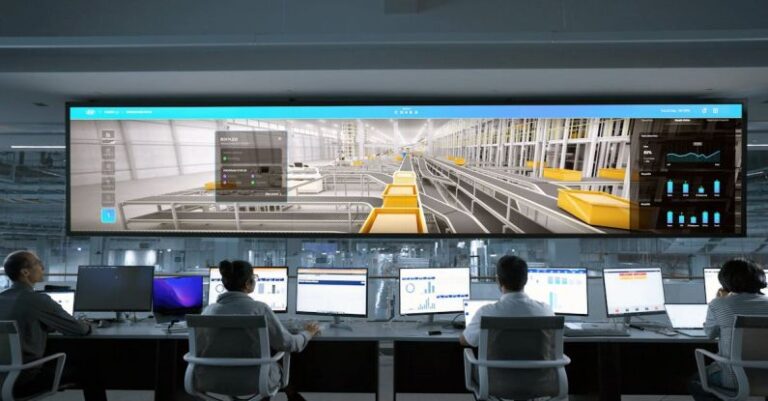
Robotic Vision Systems have become an integral part of various industries, from manufacturing to healthcare. These systems enable robots to perceive and interpret the world around them using cameras and sensors. While they have made significant advancements in recent years, there are still limitations that hinder their full potential. In this article, we will explore the constraints of current robotic vision systems and their implications for the future of robotics.
Challenges in Depth Perception
One of the primary limitations of current robotic vision systems is their inability to accurately perceive depth. While cameras can capture 2D images with high resolution, determining the distance to objects in the environment remains a challenge. This lack of depth perception can lead to errors in object recognition, navigation, and manipulation tasks. Without accurate depth information, robots may struggle to interact with their surroundings effectively.
Limited Field of View
Another constraint of current robotic vision systems is their limited field of view. Most robots are equipped with fixed cameras that have a restricted range of vision. This limitation can result in blind spots and make it challenging for robots to perceive objects outside their immediate line of sight. A narrow field of view can also hinder the robot’s ability to plan and execute complex tasks that require a comprehensive understanding of the environment.
Poor Performance in Unstructured Environments
Robotic vision systems often struggle to perform effectively in unstructured or dynamic environments. While these systems excel in controlled settings with predictable conditions, they may encounter difficulties when faced with cluttered or unpredictable surroundings. Factors such as changing lighting conditions, occlusions, and variations in object appearance can significantly impact the performance of robotic vision systems, leading to errors and inefficiencies in their operations.
Lack of Adaptability
Current robotic vision systems also lack the adaptability required to handle novel situations and tasks. While these systems can be trained to recognize specific objects or patterns, they may struggle to generalize their knowledge to new scenarios. This limitation can make it challenging for robots to operate in diverse environments and adapt to unforeseen challenges. Without the ability to learn and adapt in real-time, robotic vision systems may struggle to meet the demands of dynamic and evolving applications.
Dependency on Data Quality
Robotic vision systems heavily rely on the quality of the data they receive to make accurate decisions. Noise, distortions, or inaccuracies in the visual input can lead to errors in perception and interpretation. While advancements in image processing techniques have helped improve the robustness of these systems, they are still susceptible to data inconsistencies that can impact their performance. Ensuring the reliability and consistency of the data input remains a critical challenge for current robotic vision systems.
Future Directions and Implications
As robotics continues to advance, addressing the limitations of current robotic vision systems will be crucial for enabling the next generation of intelligent robots. Researchers are exploring new technologies and approaches to enhance depth perception, expand the field of view, and improve adaptability in robotic vision systems. Techniques such as 3D imaging, sensor fusion, and artificial intelligence are being leveraged to overcome the existing constraints and empower robots to perceive and interact with their environments more effectively.
In conclusion, the limitations of current robotic vision systems pose significant challenges to the widespread adoption and deployment of robotic technology. By addressing these constraints and advancing the capabilities of robotic vision systems, we can unlock new opportunities for automation, innovation, and collaboration between humans and robots. As researchers continue to push the boundaries of robotics, overcoming these limitations will be essential for realizing the full potential of intelligent robotic systems in the future.





